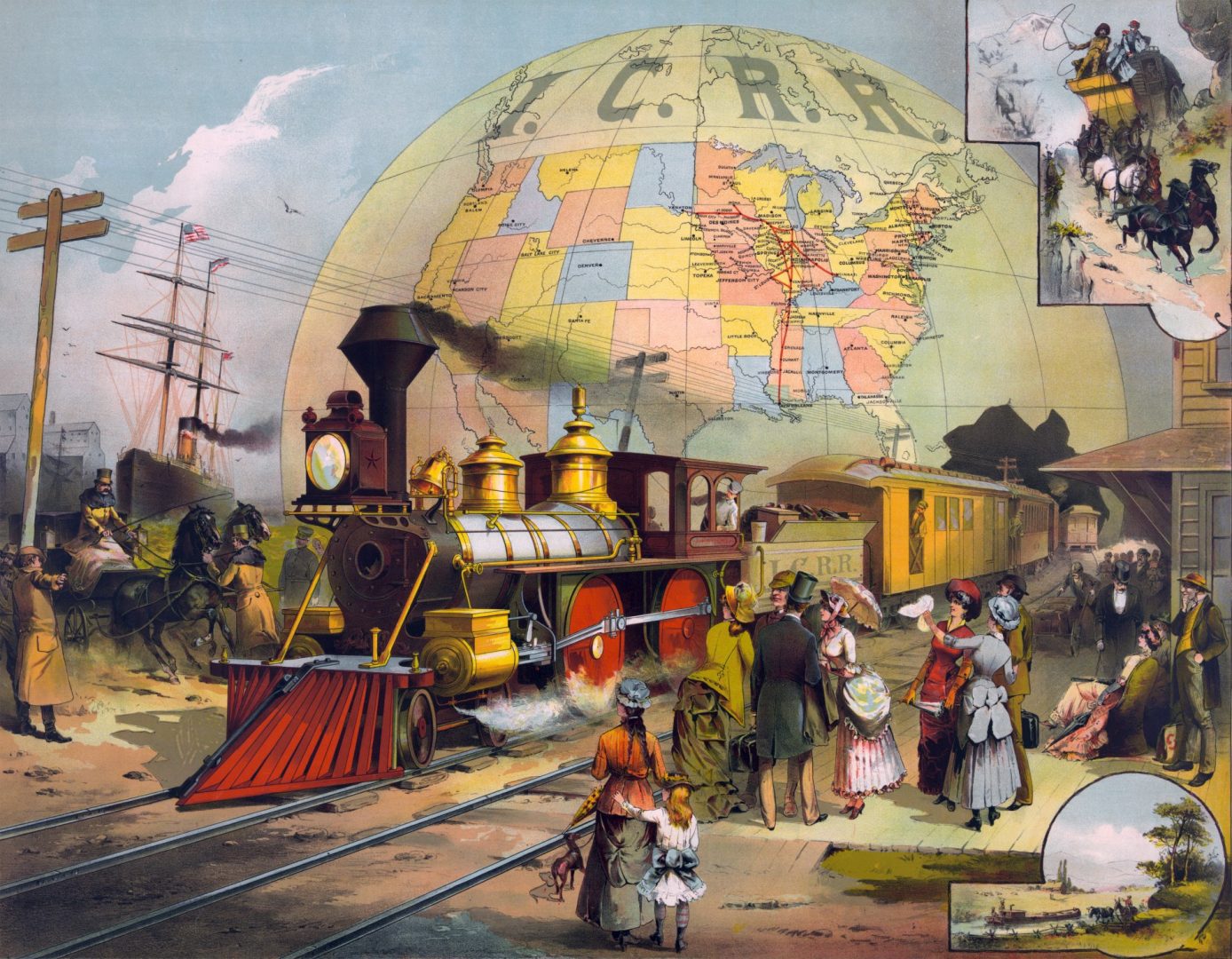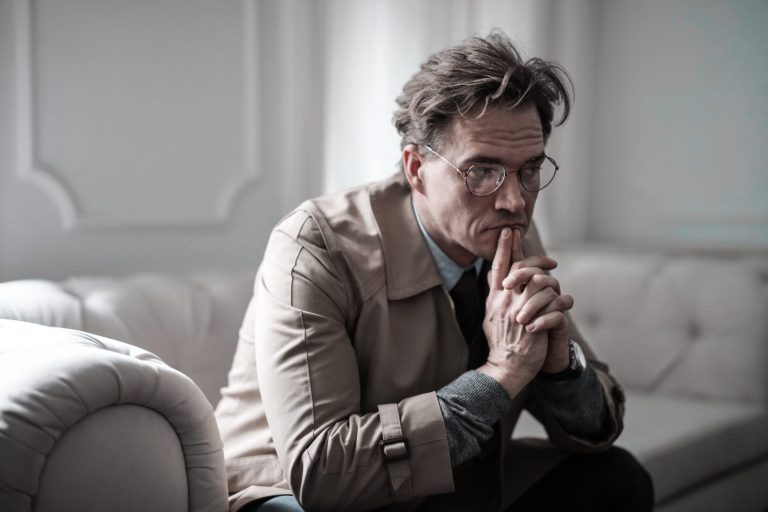Art Therapy: The cure behind the brush – Part 2 of 2
In the previous blog we spoke about the history of art therapy, as well as the way to obtain license in this field, and today we’re finishing off this beautiful artistic journey with the most popular methods and techniques used by art therapists together with a short description on how each one of them is used.
- Collage
Some people find art therapy scary, whether it’s because of a negative feedback as children or performance anxiety regarding making something look perfectly polished. Yet traditional “talk” therapy is hard for them as well as they can’t find the words to describe complex emotions and thoughts. For this individuals, art therapists use a number of “collage” techniques. Using photos, digital images, different materials gathered from books, pamphlets, junk mail etc. the art therapist guides these clients to cut and paste images together. The collages that patients create are ideas for narratives or stories that the therapists ask their clients to tell.
- Phototherapy
“Visual footprints” of a person’s life, is how Judy Weiser describes years-worth of snapshots. Weiser, a pioneer in the use of photography in psychotherapy – called phototherapy- states that this technique requires additional training for those therapists who want to apply this intervention. On her website www.phototherapy-centre.com, Weiser explains how this technique works, as art therapists and clients are going through their personal storage of photos and albums and piecing together the inner life of the client. These photographs and stories “can serve as natural bridges for accessing, exploring, and communicating about feelings and memories – including deeply buried or long forgotten ones – along with psychotherapeutic issues these bring to light,” Weiser’s website states. The visual facts are not giving “the meaning” but it’s the emotions and feelings that the photos are inspiring in the client.
- Family Sculpture
The clay has traditionally been used in art therapy for many years, but this particular technique is a relatively new intervention. The client is asked to construct a sculpture for each family member. The sculpture doesn’t have to be human shaped but it can also be just a symbol that will represent the particular family member. The client also puts the figures in relations to each other where they symbolically represent the patterns of interactions. This gives both the client and the therapist more information regarding the family structure and the way it might affected the client. Also the shape and the size of the figures might show the role of the particular person, for ex. Big mother figure might represent a dominant mother figure etc.
- Digital art
This is the most recently established intervention that is yet to be empirically tested. Its establishment is mostly affected by the generations raised in the digital era, where the therapist might find different media software to be more efficient rather than the traditional way of doing art therapy. Some of the examples are the usage of Photo Imaging Software as well as the Drawing Software. Some of the therapists are criticizing this method, because they point out on the effect of the sensory benefits that are excluded while we’re drawing on the computer. However, other therapists cite cases of young generations preferring to choose the digital path over the paint and the brush. On her blog, Art Therapist Cathy Malchiodi cites the software program Project Sketch-Up/Project Spectrum. According to Malchiodi, this program has been researched outside of the art therapy field and shown to be effective in working with autistic children. Many children report drawing with a pencil “painful” but enjoyed drawing with the Sketch-Up program. In studying children with autism and their preference for this program, researchers showed the link to autism and a preference for visual and spatial learning.
Sources: www.cathymalchiodi.com
www.phototherapy-centre.com
www.allpsychologycareers.com
“Art therapy techniques and applications” by Susan I. Buchalter
Tiana Ivanovska is a graduated Psychologist and Masters student on Strategic Management of HR. She is also a Gestalt therapist under supervision. She loves retro music, video grames, nature and simplicity. She is participating in a summer internship programme at Willingness.com.mt.







